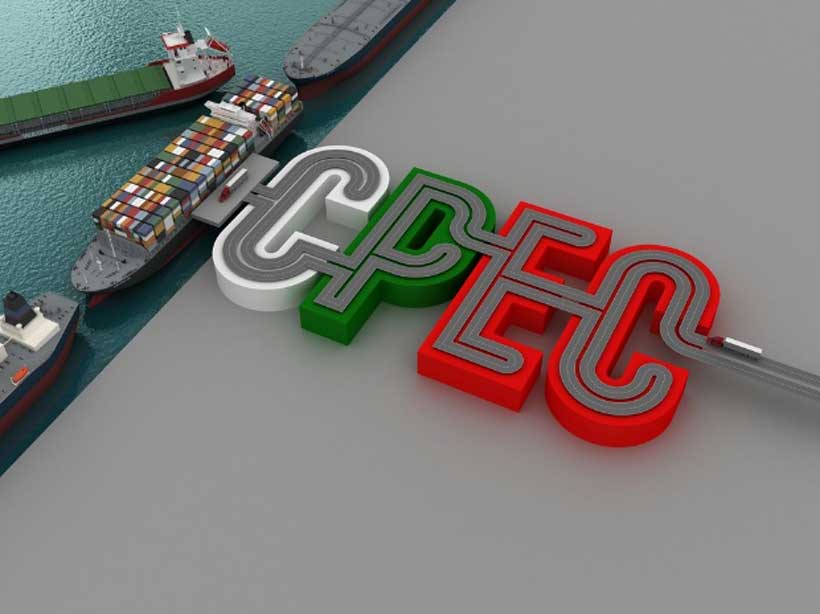DM Monitoring
KARACHI: “The constant power cuts are ruining my business. We can’t keep our refrigerators running, and customers don’t want to sit in a broiling restaurant. Our electricity bill has also skyrocketed.” Muhammad Ilyas, a restaurant owner in Lahore, anxiously staring at the less and less customers.
With frequent power outages, keeping his restaurant cool has become nearly impossible for Ilyas. Perhaps in the past, the consequences of not having round-the-clock air conditioning were not so bad, but everything has changed recently – the temperature in many parts of Pakistan has reached 50 degrees, close to breaking the historical extreme.
In Mohenjo Daro, a town in Sindh known for archaeological sites, temperatures rose as high as 52.2 degrees a few days ago, a senior official of the Pakistan Meteorological Department, Shahid Abbas noted.
The power outages are not just an inconvenience. Some businesses have been crippled, leading to financial losses and operational challenges.
However, this is not all the evil consequences of extreme weather.
“The situation is extremely worrying.
Extreme heatwave has led to accelerated melting of glaciers, causing flash floods in many parts of northern Pakistan, and the butterfly effect has brought about lake bursting, landslides, river diversion and the subsequent forced migration of large numbers of people,” noted Shoaib Kiani, Assistant Professor at the University of Karachi’s Institute of Marine Science during an interview with media, stressing that the as a developing country, Pakistan is faced with a variety of destabilizing factors thus its ability to adapt to and mitigate climate change is minimal.
“Pakistan urgently needs rigorous short-, medium- and long-term plans that must be based on accurate scientific research and sustained human and financial support before we could discuss environmental stability and sustainability. As far as I can see, the China-Pakistan Economic Corridor-Green Corridor is the cornerstone we must build on,” Prof Kiani added.






